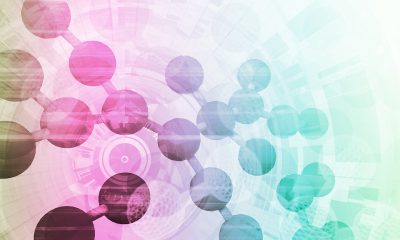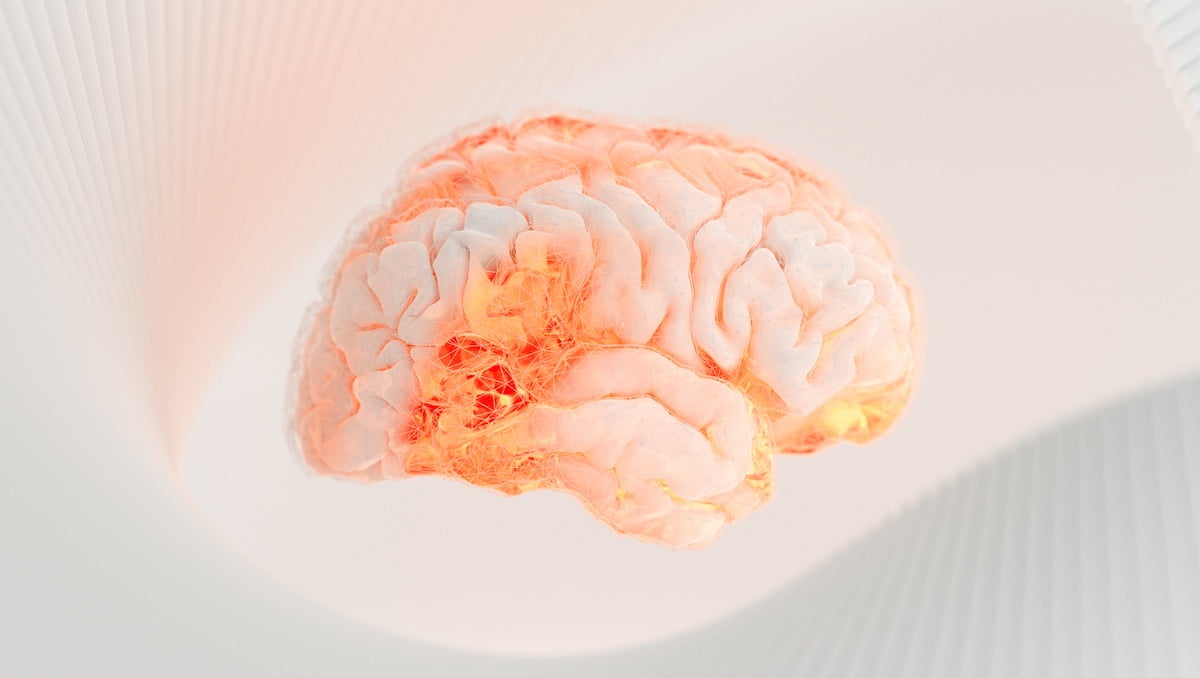Researchers at Lund University have developed a new measuring technique to understand what happens to the neurons in rats’ brains when they are given psychedelics.
Using this new measuring technique, the researchers have found “unexpected and simultaneous” synchronisation between neurons in several regions of the brain.
Several years ago, Pär Halje, a researcher in neurophysiology at Lund University, and their research team were studying rats with Parkinson’s disease that had problems with involuntary movements.
They discovered a “tone” – an oscillation or wave in the electrical fields – of 80 hertz in the brains of rats with Parkinson’s disease, finding that the wave was closely connected to involuntary movements.
The team have now used the information to measure what happens to the neurons when the rats are given psychedelic drugs.
Halje stated: “A Polish researcher had observed similar waves after giving rats the anaesthetic ketamine. The ketamine was given at a low dose so that the rats were conscious, and the equivalent dose in a human causes psychedelic experiences.
“The waves they saw were in more cognitive regions of the brain than in the rats with Parkinson’s, and the frequency was higher, but that still made us consider whether there were links between the two phenomena. Perhaps excessive brain waves in the motor regions of the brain cause motor symptoms, while excessive waves in cognitive regions give cognitive symptoms.”
The researchers write: ‘Likely, this hypersynchrony has major effects on the integration of information across neuronal systems and we propose that it is a key contributor to changes in perception and cognition during psychedelic drug use. Potentially, similar mechanisms could induce hallucinations and delusions in psychotic disorders and would constitute promising targets for new antipsychotic treatments.’
The study has been published in Communication Biology.
Measuring the impact of different drugs on brain oscillations
The newly developed technique simultaneously measures electrical signals from 128 areas of the brain in awake rats.
The electrical waves are caused by the cumulative activity in thousands of neurons, however, the researchers have also succeeded in isolating signals from individual neurons.
“For several of these areas, it is the first time anyone has successfully shown how individual neurons are affected by LSD in awake animals. When we gave the rats the psychedelic substances LSD and ketamine, the waves were clearly registered,” said Halje.
Ketamine and LSD affect different receptors in the brain but they have completely different ways into the nervous system.
The researchers found that the two drugs resulted in the same wave patterns even if the signals from individual cells differed.
When the rats were given LSD their neurons were inhibited, signalling less in all parts of the brain.
Ketamine seemed to have a similar effect on the large neurons known as pyramidal cells, again inhibiting their expression, while interneurons – smaller neurons that are only collected locally in tissue – increased signalling.
Halje interprets this to mean that the wave phenomenon is connected to the psychedelic experience: “Activity in the individual neurons caused by ketamine and LSD looks quite different, and as such cannot be directly linked to the psychedelic experience.
“Instead, it seems to be this distinctive wave phenomenon – how the neurons behave collectively – that is most strongly linked to the psychedelic experience.”
Research model for psychoses
Halje suggests that the activity of the whole is bigger and more exciting than what is happening in individual cells.
“The oscillations behave in a strange way. One might think that a strong wave starts somewhere, which then spreads to other parts of the brain,” said Halje. “But instead, we see that the neurons’ activity synchronises itself in a special way – the waves in the brain go up and down essentially simultaneously in all parts of the brain where we are able to take measurements.
“This suggests that there are other ways in which the waves are communicated than through chemical synapses, which are relatively slow.”
However, Halje emphasises that it is difficult to know whether the waves cause hallucinations or are merely an indication of them – arguing that this opens up the possibility that this could be used as a research model for psychoses, where no good models exist today.
Halje commented: “Given how drastically a psychosis manifests itself, there ought to be a common pattern that we can measure. So far, we have not had that, but we now see a very specific oscillation pattern in rats that we are able to measure.”
Can the waves reveal more about consciousness?
Halje says that the model could also help in the hunt for the mechanisms behind consciousness and that the measurements may be a way to study how consciousness is shaped.
“In light of the development of AI, it is becoming increasingly important to clarify what we mean by intelligence and what we mean by consciousness,” Halje stated.
“Can self-awareness occur spontaneously, or is it something that needs to be built in? We do not know this today, because we do not know what the required ingredients for consciousness in our brains are.
“This is where it is exciting, the synchronised pattern we see, and whether this can help us to track down the neural foundations of consciousness.”

 Opinion2 years ago
Opinion2 years ago
 Insight3 years ago
Insight3 years ago
 Medicinal2 years ago
Medicinal2 years ago
 Research2 years ago
Research2 years ago
 Medicinal2 years ago
Medicinal2 years ago
 Markets & Industry1 year ago
Markets & Industry1 year ago
 News3 years ago
News3 years ago
 Medicinal2 years ago
Medicinal2 years ago

















